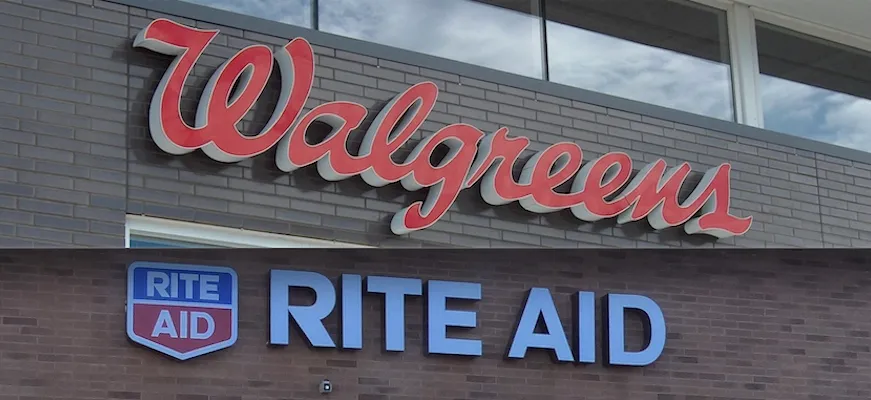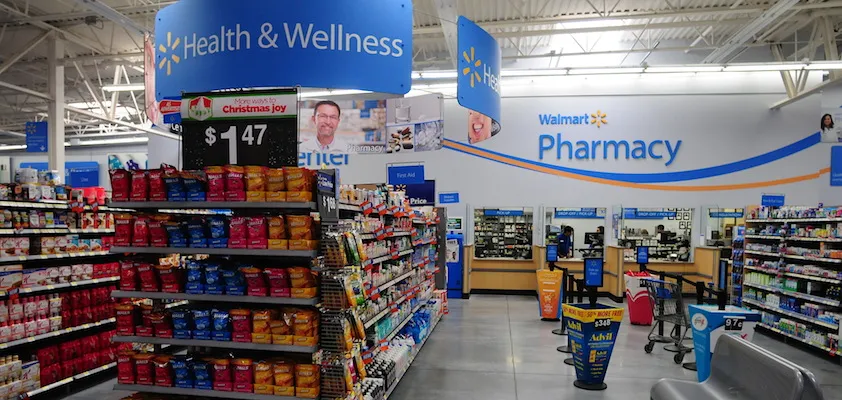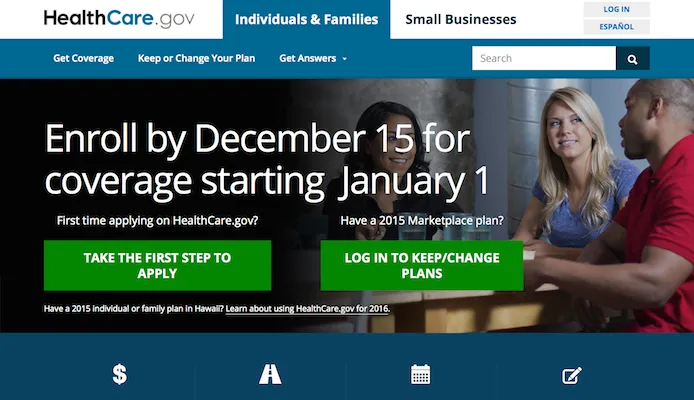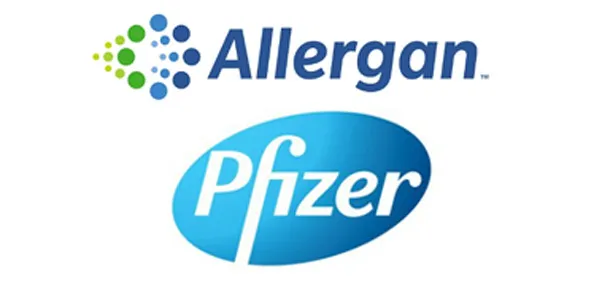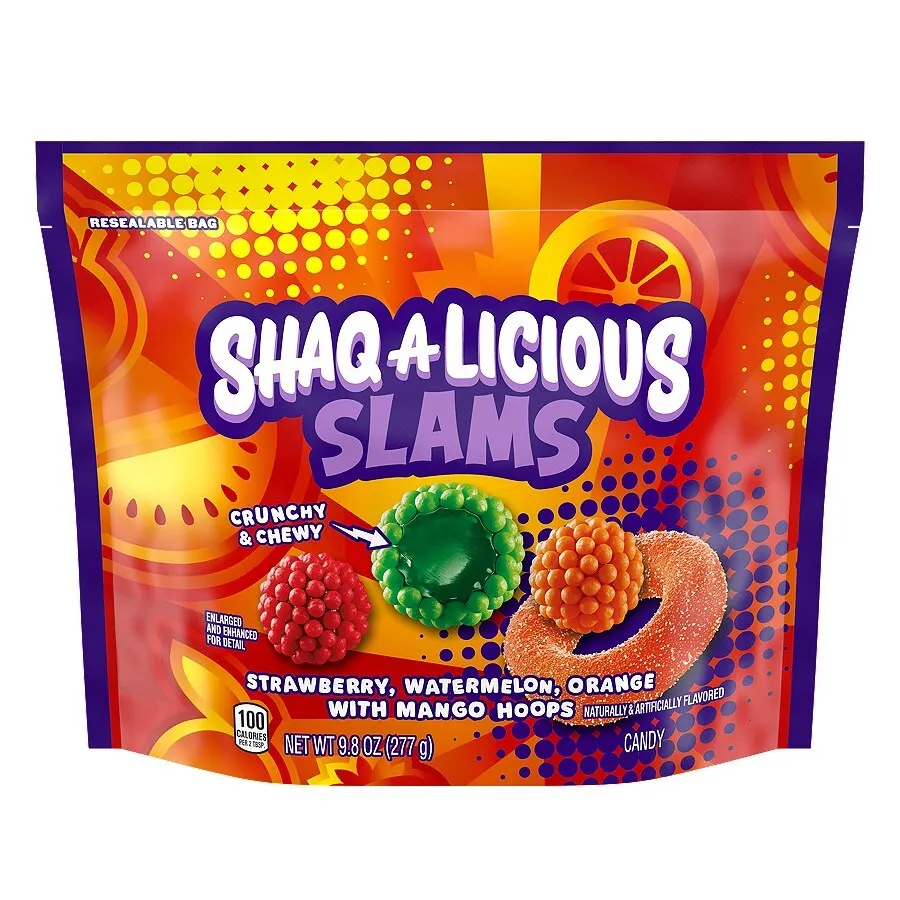Source: Market Track
DEERFIELD, Ill. — Estimates vary widely on the number of stores Walgreens Boots Alliance Inc. (WBA) will divest as part of its $17.2 billion acquisition of Rite Aid Corp.
In a filing with the Securities and Exchange Commission, WBA said the deal allows for up to 1,000 outlets to be closed or sold “if required by regulators.” But the company also said the number will probably be less than 500. Some analysts agreed, putting likely divestments at 400.
Credit Suisse analyst Ed Kelly calculated divestiture figures based on local market share of the two companies and the precedent set by Rite Aid’s purchase of Brooks-Eckerd in 2007. Under different scenarios, he said, the number of divested stores would range from 170 to 1,771. If the merged entity were required to have less than a 40% share of local markets, the number would be 947, “which still gets the deal done,” Kelly said.
Markets where the share of the combined companies exceeded 40% last year include New York City (47%), Philadelphia (42%), San Francisco-Oakland (48%) and Riverside-San Bernardino-Ontario, Calif. (45%).
“In the end, while [Federal Trade Commission] risk is always difficult to assess and is somewhat of a moving target, we believe the deal should pass FTC scrutiny with divestitures below the company’s cap,” said Kelly. He added that CVS Health could purchase most of the divested stores “without raising an FTC issue.”
The most extreme estimate of divestitures came from a real estate services company. Walgreens could close or sell 1,000 outlets before the deal closes and another 2,000 afterward, a Cushman & Wakefield vice president of research was quoted as saying in Fortune.
The vice president, Garrick Brown, found 400 ZIP codes with combinations of four or more Walgreens and Rite Aid stores. Beyond divestments mandated by the FTC, that overlap may be problematic, he said, leading to the post-deal closures.
In the Fortune article, Brown stated, “The post-merger Walgreens real estate imperative will be to minimize cannibalization.” He pointed out that Rite Aid and Walgreens units sit across the street from each other in many localities. In such cases, the Walgreens outlets will be left open because of their higher sales, he said.
Walgreens as of August 31 had 8,173 outlets — including Duane Reade units — in all 50 states; Washington, D.C.; Puerto Rico; and the U.S. Virgin Islands. Rite Aid on October 24 operated 4,561 stores in 31 states and Washington, D.C.
States where Rite Aid has no presence include Texas, Florida and Illinois. Its biggest overlap with Walgreens is in the Northeast and Mid-Atlantic regions. Rite Aid has more stores than Walgreens in 14 states, including New York and Michigan. In Pennsylvania, its home state, Rite Aid has over 500 units, well more than three times Walgreens’ number. Rite Aid has some 60 fewer stores than Walgreens’ 630-plus outlets in California.
In investor road show materials, WBA said that the transaction complements Walgreens’ footprint, filling gaps in the Northeast and Southern California “so WBA will cover the entire U.S.”
The deal also provides an opportunity to enhance Rite Aid merchandise through a better mix, expansion of global beauty brands including No7, Soap & Glory, Botanics and the newly acquired Liz Earle, WBA said, and to increase private label penetration.
Stefano Pessina, chief executive officer of WBA, said the company knew it needed to increase its presence and coverage nationally. The combination will further strengthen its commitment to making quality health care accessible to more customers and patients, he said. The chains’ “complementary retail pharmacy footprints” will create a better network, with more health and wellness solutions available in stores and online, he said.
WBA will bring Rite Aid its global expertise and resources to accelerate the delivery of integrated frontline care and offer innovative solutions for providers, payers and other health care entities, Pessina said.
Credit Suisse’s Kelly called the deal “strategically compelling,” and sees still more opportunity for WBA to gain strength through mergers and acquisitions. “The core U.S. drug store business is lackluster, but cost savings efforts and merchandising initiatives provide room for improvement,” he said.
Chris Geier, partner-in-charge of Sikich Investment Banking, told Crain’s Chicago Business that there is a lot of opportunity to improve Rite Aid’s margins, and the merged entity has “far better buying power.” Geier estimated Walgreens’ sales per square foot at 50% higher than Rite Aid’s.
Pessina said that the success of Boots in driving profits by growing front-end sales can be a template for Walgreens-Rite Aid operations.

